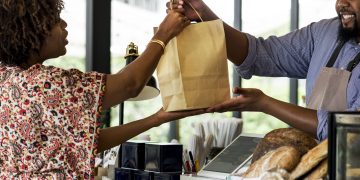Subsection of: Amira’s Story
Provided by the International Finance Corporation
Amira’s business continued growing after a slow but successful first year. We pick it up again in her third year of business and see how she learned about budgeting and cash flow. She now has her own production facility and an expanding market.
She followed the advice contained in the article “Budgeting as an effective control tool” and these were her conclusions.
| Market assessment
The market is growing. New properties are being built in expensive parts of town. Businesses and government offices are relocating to the city in large numbers. Many clients have said they would buy more furniture if it was available. Sales volume can increase by 50%. That will be the target for next year. |
Business capacity
|
Impact on costs
|
Funding
|
The result of her budgeting exercise can be downloaded here.
Amira also prepared a cash flow forecast following the advice on the article “Cash forecasting“. The result looked like this.
Find here some tips on how to use financial statements.
<BACK TO AMIRA’S STORY MAIN PAGE
>GO TO YEAR 5 – RECIPE FOR DISASTER
>GO TO YEAR 6 – THE FUTURE IS BRIGHT
Copyright © 2000 – 2017, International Finance Corporation. All Rights Reserved.
2121 Pennsylvania Avenue, N.W., Washington, D.C. 20433, www.ifc.org
The material in this work is copyrighted. Copying and/or transmitting portions or all of this work without permission may be a violation of applicable law. IFC does not guarantee the accuracy, reliability or completeness of the content included in this work, or for the conclusions or judgments described herein, and accepts no responsibility or liability for any omissions or errors (including, without limitation, typographical errors and technical errors) in the content whatsoever or for reliance thereon.









